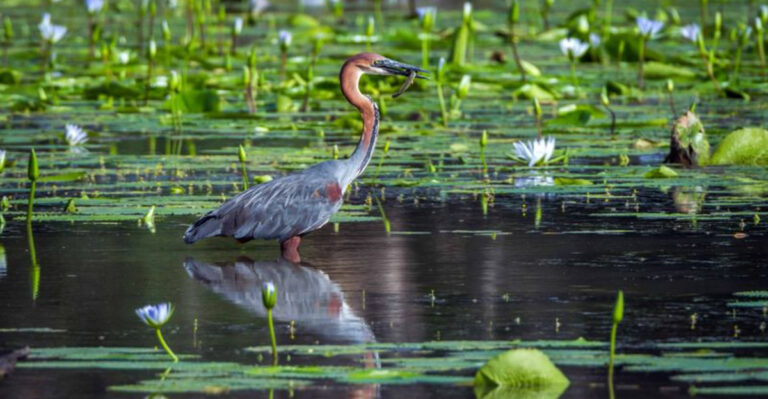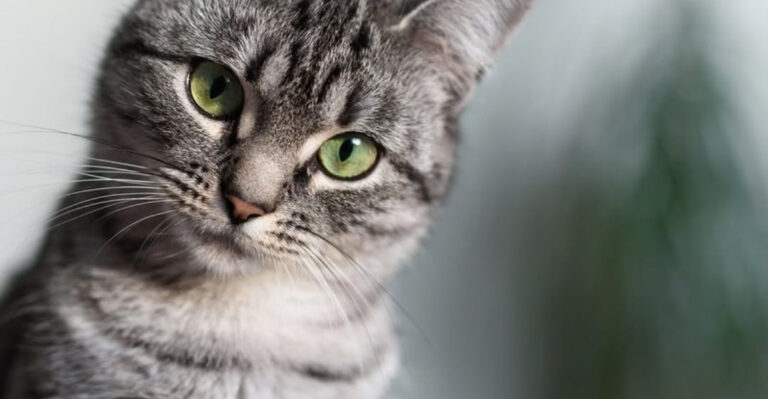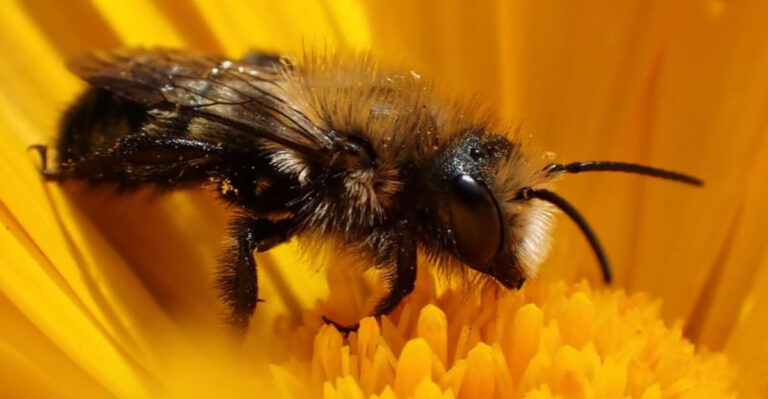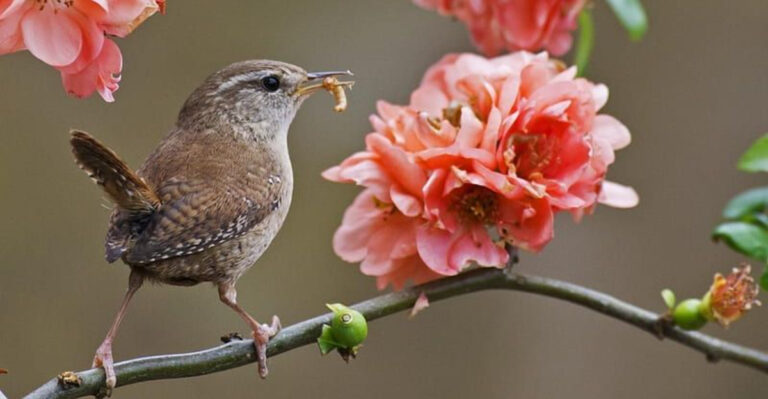7 Amphibians Vanishing From American Wetlands And 7 That Are Thriving
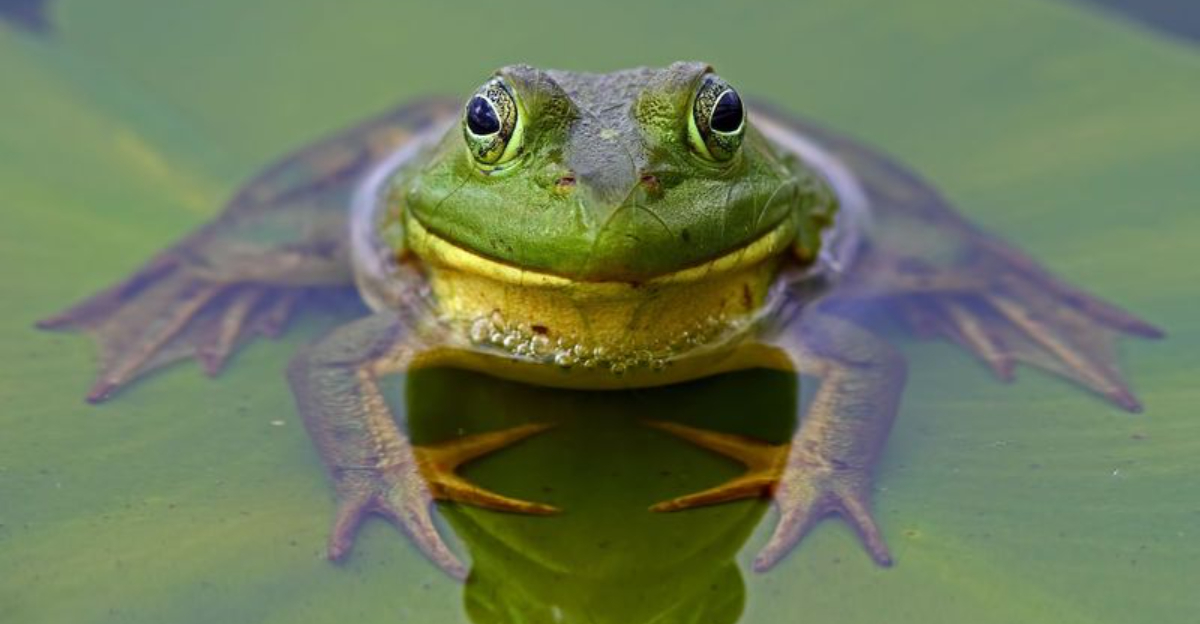
America’s wetlands are home to some of the most fascinating creatures on Earth – our amphibians. These frogs, toads, and salamanders serve as nature’s warning system, with their permeable skin making them especially sensitive to environmental changes.
While some species face a troubling decline due to habitat loss, pollution, and climate change, others have shown remarkable resilience and are flourishing in our ecosystems.
1. Ghost Of The Swamp: Wyoming Toad
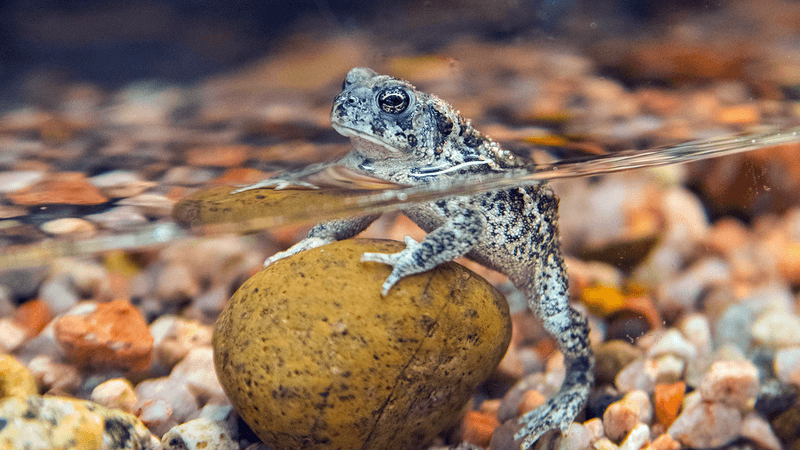
Once abundant across Wyoming’s Laramie Basin, these bumpy-skinned hoppers have nearly vanished into thin air. Fewer than 1,000 remain in the wild today.
Agricultural chemicals and habitat destruction pushed them to the brink. Their recovery depends entirely on captive breeding programs and carefully managed reintroductions to protected wetlands.
2. Silent Streams: Ozark Hellbender

Like ancient dragons in miniature, these remarkable salamanders can grow two feet long but are disappearing at alarming rates. Their wrinkled skin and flat bodies evolved perfectly for life under river rocks.
Water pollution and siltation have devastated their populations. These unique creatures breathe entirely through their skin, making them extremely vulnerable to even slight changes in water quality.
3. Fading Songbird: Mountain Yellow-Legged Frog
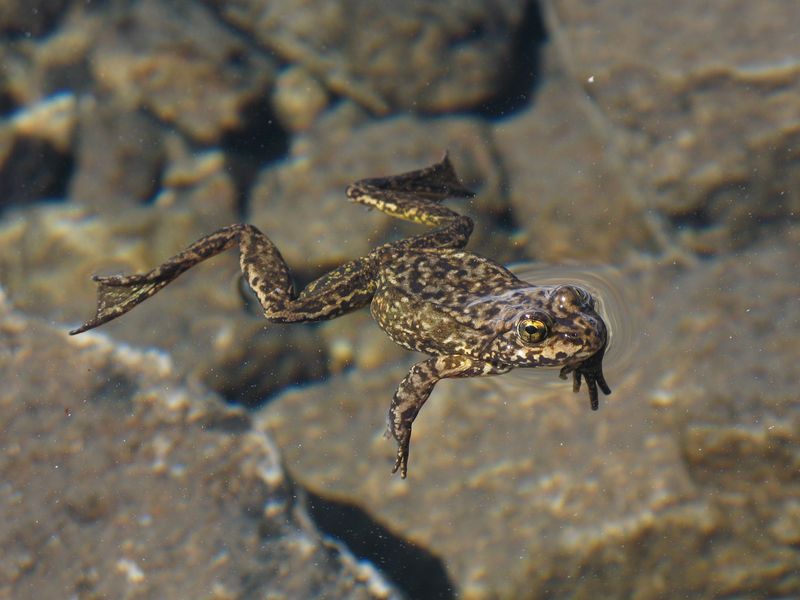
High in California’s Sierra Nevada mountains, these once-abundant frogs have lost 90% of their population. Their distinctive yellow undersides flash brilliantly against alpine waters.
Introduced trout eat their tadpoles while a deadly fungus attacks adults. Climate change shrinks their mountain ponds and streams, leaving fewer places for these altitude-loving amphibians to survive the harsh mountain conditions.
4. Last Dance: Houston Toad
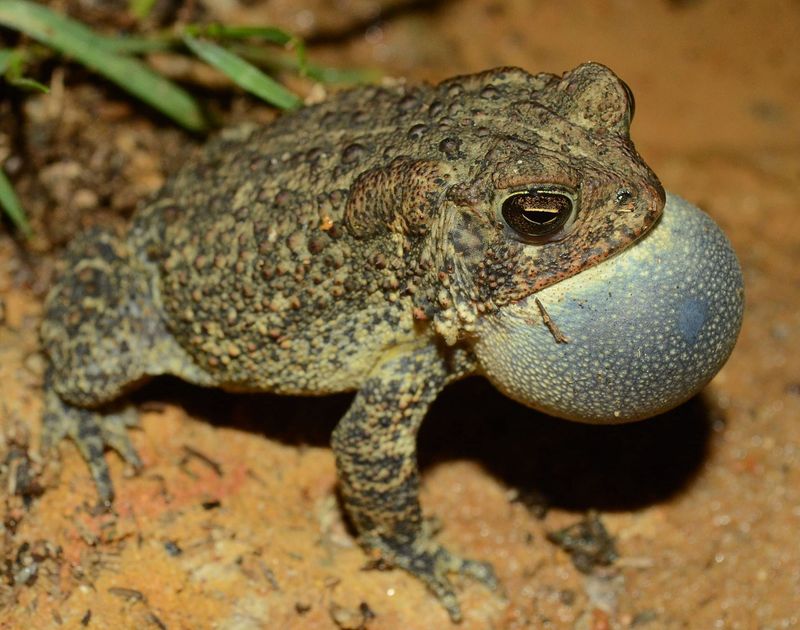
The melodious trill of male Houston toads once filled Texas spring nights. Now their chorus has faded to whispers in isolated pockets of sandy soil.
Urban sprawl swallowed their pine forest homes while drought dried essential breeding ponds. These chocolate-colored toads with speckled bellies require specific soil types to burrow and survive, making habitat conservation particularly challenging.
5. Vanishing Jewel: California Tiger Salamander
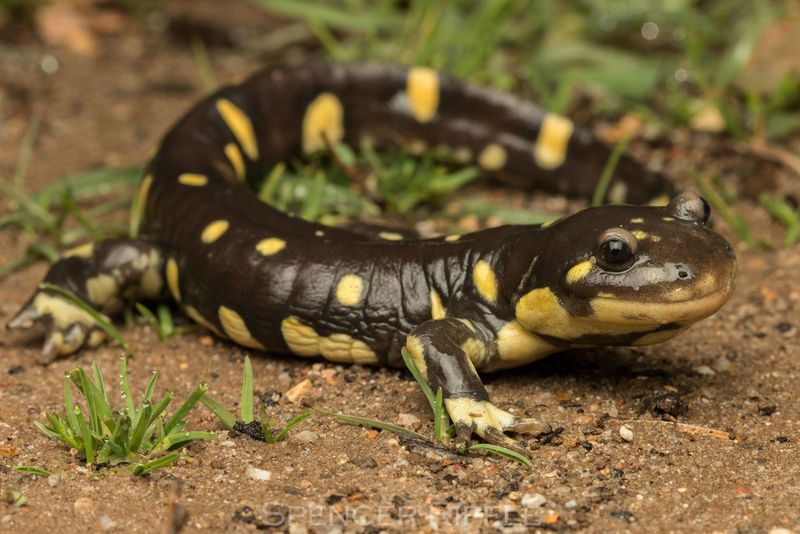
Striking yellow spots splash across their midnight-black bodies like stars in the night sky. These chunky salamanders spend most of their lives underground, emerging only during winter rains.
Development has destroyed 90% of their breeding ponds. They need both aquatic habitats for breeding and upland areas with rodent burrows for shelter, making conservation particularly tricky in California’s rapidly developing Central Valley.
6. Phantom Of The Forest: Shenandoah Salamander
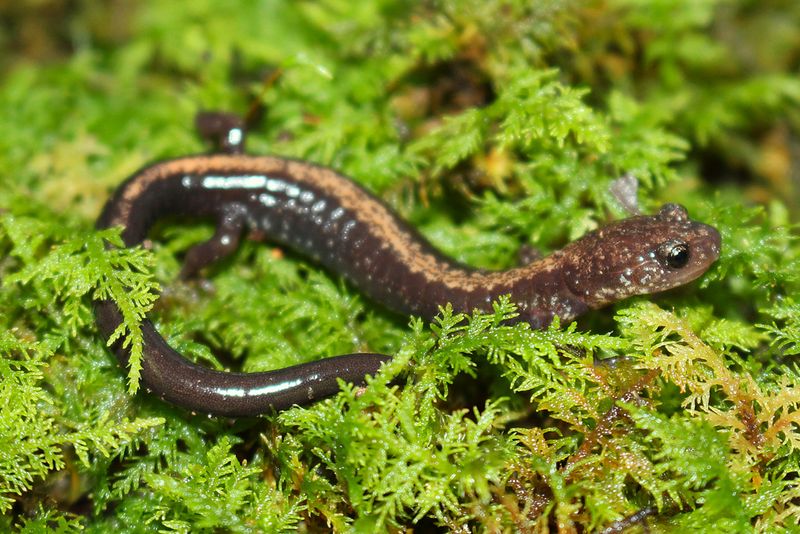
Found only on three mountain slopes in Virginia’s Shenandoah National Park, these rare creatures cling to a precarious existence. Their entire global range spans less than four square miles!
Climate change threatens to push these cool-loving salamanders off their mountaintops. Competition with the more adaptable red-backed salamander further squeezes them into smaller territories as warming temperatures allow competitors to move upslope.
7. Disappearing Duet: Striped Newt

When breeding season arrives, male striped newts develop wavy crests and perform elaborate underwater dances to woo females. Their orange-striped bodies flash brilliantly in ephemeral ponds.
Fire suppression has altered their longleaf pine habitats, while ditching and draining eliminates breeding ponds. These newts migrate between wetlands and uplands throughout their lives, making them vulnerable when either habitat type is compromised.
8. Backyard Boomer: American Bullfrog
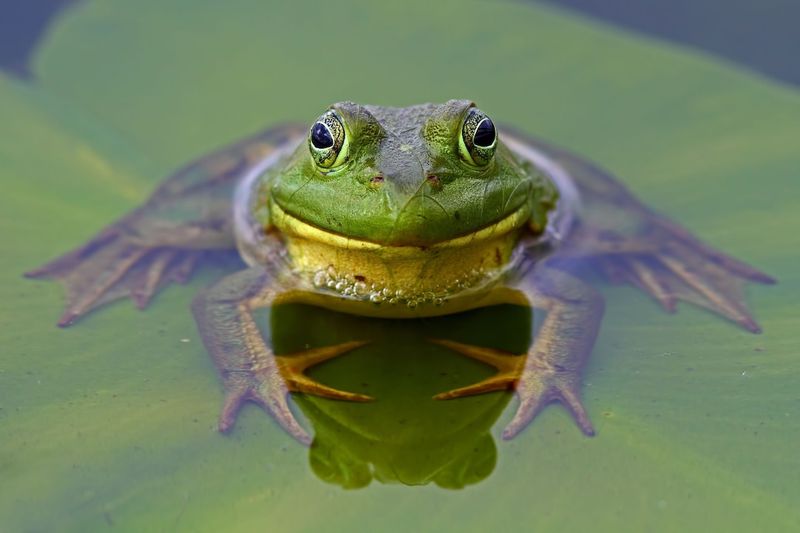
Weighing in as heavyweight champions of the frog world, these green giants can tip the scales at over a pound! Their deep, resonant “jug-o-rum” calls echo across ponds nationwide.
Highly adaptable to human-altered landscapes, they thrive in farm ponds, golf course water hazards, and suburban waterways. Their voracious appetite and ability to eat almost anything – including other frogs – helps them dominate new territories.
9. Comeback Kid: Spring Peeper

Smaller than your thumbnail but louder than you’d believe! These tiny frogs create spring’s most iconic soundtrack with their high-pitched peeping chorus.
Despite their diminutive size, spring peepers show remarkable resilience to habitat changes. They readily colonize small woodland pools, drainage ditches, and even temporary puddles, allowing them to adapt to changing landscapes while many larger species struggle.
10. Wetland Warrior: Green Frog

With their banjo-like “plunk” calls and metallic green masks, these adaptable amphibians bring life to waterways across eastern North America. Unlike many fussy frog species, green frogs aren’t picky about their homes.
They happily inhabit everything from pristine woodland ponds to roadside ditches and stormwater basins. Their tadpoles can develop over multiple seasons if needed, giving them flexibility to survive in unpredictable environments.
11. Urban Survivor: Eastern Red-Backed Salamander
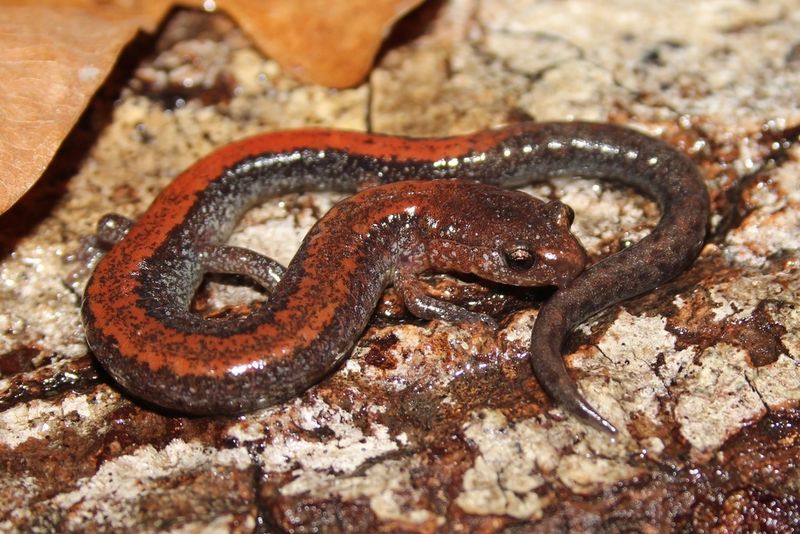
Forest floors across eastern North America pulse with these slender salamanders – often numbering thousands per acre! Their distinctive red stripe runs like a racing stripe down their dark backs.
Unlike most amphibians, they don’t need ponds or streams to breed. Eggs develop directly into miniature salamanders in moist soil, allowing them to thrive even in fragmented forest patches and suburban woodlots where water bodies have disappeared.
12. Pollution Pioneer: American Toad
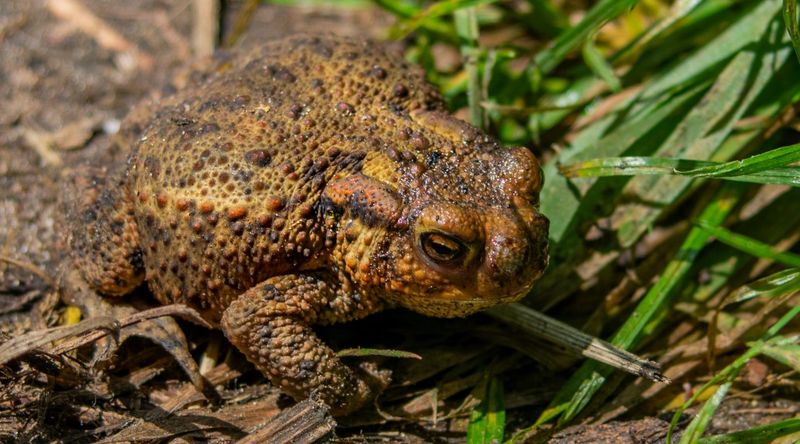
Warty and wonderful, these garden favorites devour slugs, beetles, and countless other backyard pests. Their long, musical trills announce spring evenings across the continent.
Remarkably tolerant of environmental toxins, they succeed where sensitive species fail. Their thick skin provides better protection against pollution than most amphibians, while their willingness to breed in temporary pools, including those in suburban developments, helps maintain strong populations.
13. Freeze-Proof Phenomenon: Wood Frog

Nature’s most remarkable cold survivors literally freeze solid each winter! Their cells produce natural antifreeze as temperatures drop, allowing up to 65% of their body water to freeze without causing damage.
This superpower lets them thrive farther north than any other North American reptile or amphibian. Their explosive breeding in vernal pools happens while snow still covers the ground, giving tadpoles a head start before predators become active.
14. Versatile Victor: Spotted Salamander

Yellow polka dots sprinkled across midnight-black skin make these secretive forest dwellers look like living starry nights. Most people never see them except during their spectacular mass migrations to breeding ponds.
Despite development pressures, they maintain strong populations by living 20+ years and breeding repeatedly. Their ability to coexist with suburban development when small woodlands and breeding ponds are protected has helped them persist where other amphibians have vanished.

